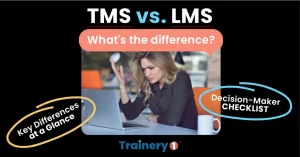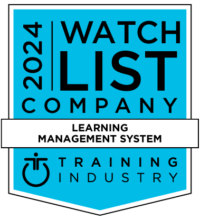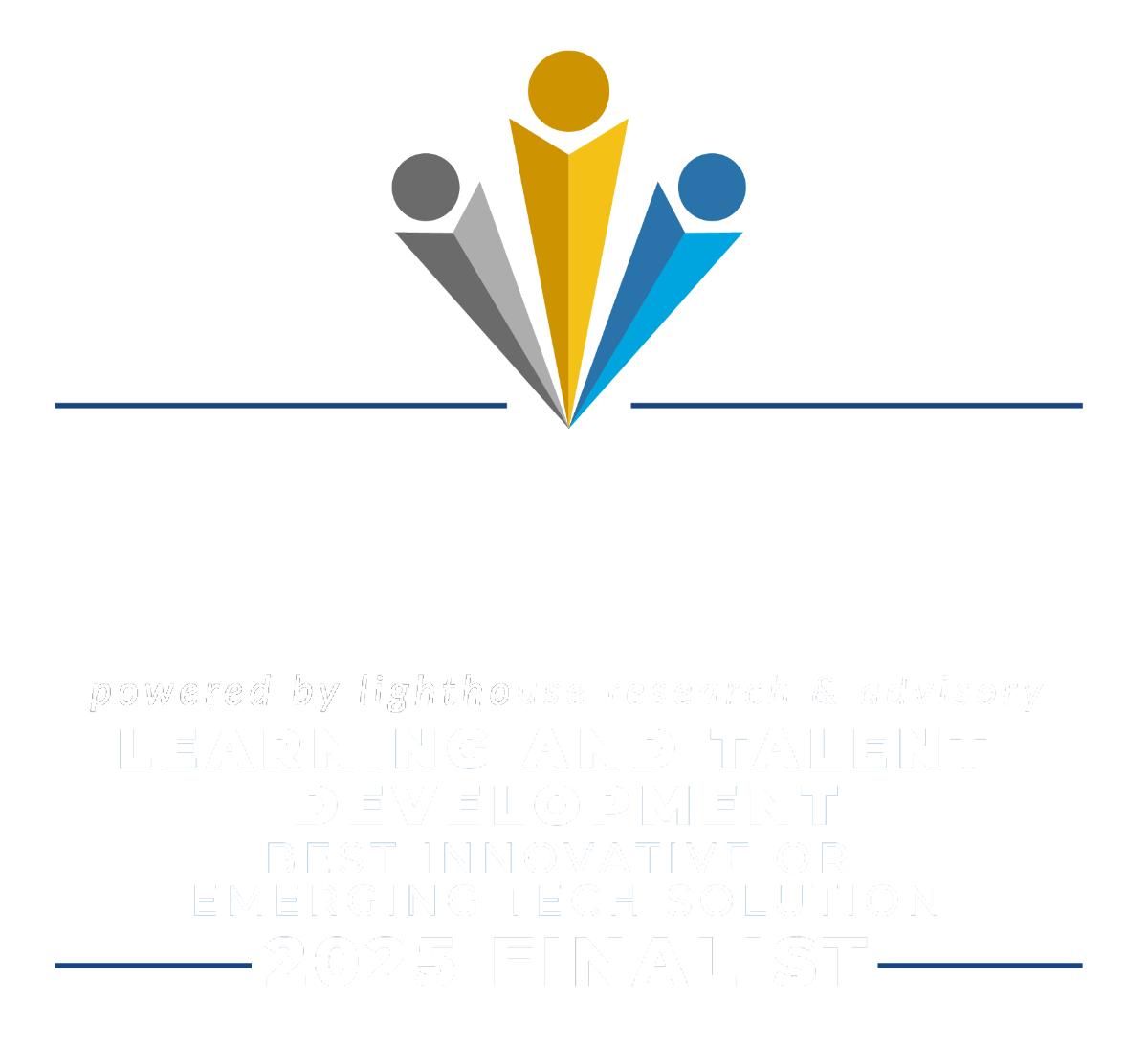The integration of HRIS (Human Resources Information Systems), eLearning platforms and training content can enhance the Learner Experience while streamlining the Administrator Experience.
The markets for digital solutions in the Human Resource (HR) and eLearning sectors have enjoyed continuous growth over the past twenty years, and are now projected to reach $33.58 billion and $375 billion respectively, pre-COVID-19. With the pandemic shining a spotlight on the need for many organizations to adopt cloud-based HR and eLearning solutions, one can easily imagine growth will exceed those projections.
While many companies consider HR & Training Departments as part of the same branch in the organizational structure, the reality is that digital solutions growth in each of these markets is driven by different factors and motivations. Executives responsible for workforce training often turn to eLearning to reduce time in training and consolidate training efforts, while those looking at HR software solutions are primarily motivated by recruitment and retention. In a recent survey respondents reported using multiple vendors to achieve these goals, with 39% planning to increase the number of vendors employed for digital solutions over the next one to three years.
The integration of HRIS (Human Resources Information Systems), eLearning platforms such as an LMS (Learning Management System), and training content can enhance the Learner Experience while streamlining the Administrator Experience. This next evolution of learning and development is poised to make significant inroads during the next few years.
The 3 Biggest Advantages of HRIS and eLearning Integration
Saving Time through Greater Efficiency
Managing employee data across multiple independent platforms is incredibly time-consuming. Beyond that, relying on HRIS & LMS Administrators to manually input & interpret data provides ample opportunities for human error and possible lapses in employee accountability and compliance.
For example, when a new employee is hired, the first touch point related to digital tech is most likely an HRIS used during the application and recruiting process. While the HRIS may automate much of the data import to create the initial record, an Administrator or HR Manager verifies the information, correcting any formatting or spelling errors, and guiding the employee through compliance documentation and the payroll process. Now, on to New Hire Training!
Whether this new employee is working with the same HRIS Admin or another Manager/Administrator for training, someone still guides the employee through creating their profile on the Learning Management System (LMS). Without system integration, this information is (again) input manually. Does the new employee go by a middle name or nickname in the LMS? Or does the LMS platform contain enough fields to enter multiple family names or hyphenated last names? These all-too-real situations result in dual platform discrepancies in reporting, training and development, impacting the Administrator and the Employee/Learner. Platform integration can streamline the process, avoiding redundant data entry and wasted time.
By using readily available API (Application Programming Interface) technology, employee data, learning and development, and training records can be shared between multiple platforms, providing not only a more efficient onboarding experience, but an improved professional development and/or training experience. Reporting becomes significantly easier to manage, as Administrators have a more holistic view of training status, compliance records, and professional development tracks. Employee and corporate accountability is significantly improved with integrated real-time verification of professional license and certification training requirements plus storage of important compliance documentation.
Integrated Systems Help Reduce Costs
Properly integrating an HRIS and a Learning Management System can lead to cost-savings for innovative leaders looking to economize during uncertain times. The most obvious cost control benefits come from better time utilization for Administrative Users.
Platform integrations can also reduce or eliminate the required number of digital licenses or subscriptions due to duplicative system features and platforms. For example, if your workforce training team is selecting a new LMS for the organization, they may be surprised to find that many HRIS platforms already house a Performance Management Platform. An HRIS with Performance Management capabilities typically already houses a SCORM-Compatible eLearning portal. Leading content providers offer SCORM compliant courses, often accessible through digital licenses. This collaborative style of integration allows organizations to avoid costs associated with eLearning course development.
Conversely, a few innovative LMS providers offer content library integration with their systems for little-to-no additional fee. In 2017 organizations could expect to spend a minimum of $10,054 per one hour of a custom Level 1 eLearning course, and up to an average of $50,371 per one hour of a custom Level 3 eLearning course. Those costs & labor hours quickly add up when creating an entire training library from scratch. Today’s collaborative integration mindset allows organizations to substantially reduce or eliminate the cost of custom-built content when opting to license digital training content.
Employee Experience
Integrating an HRIS and eLearning platform allows HR, L&D, and Training Administrators to create employee learning paths that are compelling and relevant to the Employee Experience. The ability of an HRIS to track individual employee skills and aptitude paired with easily accessible advanced learning opportunities offered through an LMS create a cohesive, visible learning opportunity and professional development path. Strategic employee learning paths can improve soft and hard skills, employee satisfaction, workplace safety, career advancement and facilitate succession planning.
With employee disengagement estimated to cost more than $500 billion per year to the U.S. economy, ensuring that these aspects of the employee experience are streamlined can foster higher employee engagement, leading to a positive impact on overall employee retention.
The integration of HRIS and eLearning platforms are poised to significantly alter the integration and effectiveness of HR services, Learning & Development, and Workforce Training. Look ahead, because the next evolution is well underway.








